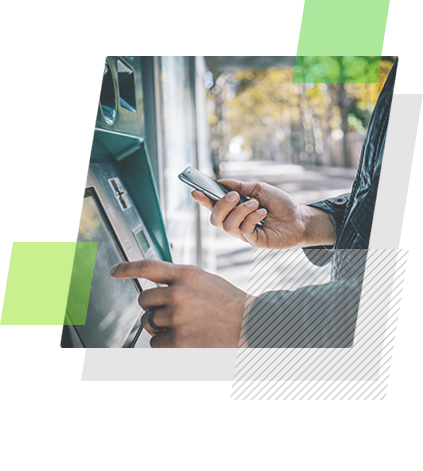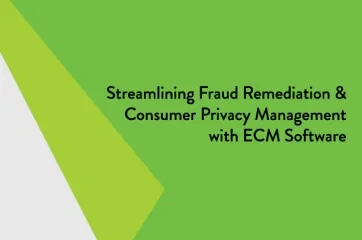What is check fraud and how can you a bank or credit union protect their institution and account holders?
Check fraud can be defined as using paper or electronic checks to obtain money illegally and can occur at any step in the user journey or from any deposit channel. As the most prevalent type of fraud at financial institutions, check fraud costs billions of dollars in losses annually, while impacting millions of account holders each year.
Solution providers like Alogent specializes in check fraud mitigation solutions that help financial institutions prevent and detect fraudulent activities associated with checks. With a comprehensive approach that includes advanced technologies for image analysis, signature verification, and anomaly detection, these solutions ensure robust protection against forgery, counterfeiting, and unauthorized check issuance.
Common examples of check fraud include:
Account Takeover
Like identity theft, this type of fraud happens when an unauthorized individual gain access through online banking applications, capturing the account information to create and write bad checks.
Altered Checks
Altered check fraud occurs when a fraudster changes the amounts and Payee from a stolen check.
Check Kiting
This type of fraud involves two accounts from different financial institutions. Here the account owner writes a check from one account and deposits it into the other account so as to inflate the balance and then withdraw the funds.
Check Washing
With Check washing, checks are washed with chemicals to erase the information and populated with new information.
Counterfeit Cashiers/Official Checks
Duplicating a negotiated check or an official check.
Duplicate Check Fraud
When a fraudster intentionally deposits the same check multiple times
Intercepted Checks
Refer to checks, particularly tax refund checks, that are stolen from mailboxes, mail carriers, or during transit before they reach the intended recipient
Lottery Check Scams
Victims of lottery check scams receive checks for their winnings, but they are instructed they must return some of the funds for fees and taxes.
Mail Check Fraud (Postal Fraud)
The illegal act of intercepting, altering, or stealing checks sent through the mail in order to commit fraud
Money Order Fraud
Money order fraud happens when a fraudster purchases a money order for a dollar then changes the amount in figure to a higher amount.
Paycheck Scams
With paycheck scams, the fraudster reaches out to the victim and offers a work from home job, to be a secret shopper, use their vehicle for advertisement (Car Wrapping) or to test out a money transfer service. A check is then mailed to the victim with instructions.
Mitigate Your Risk for Check Fraud with Alogent
With comprehensive, built-in check fraud mitigation capabilities, Unify, Alogent’s modern deposits platform for all full- and self-service channels, helps protect financial institutions and their account holders by mitigating attempts before they reach the back office or downstream workflows.














